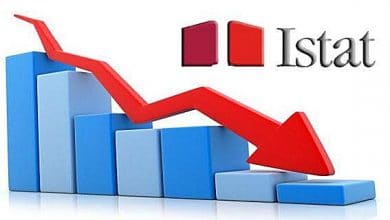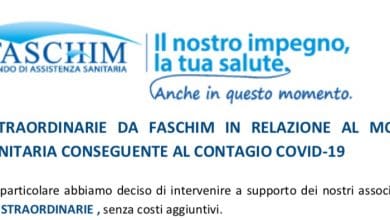
According to Thomson Reuters, seven therapies approved in 2016 will generate more than one billion in annual sales by 2020. At the top of the ranking therapies for liver diseases and HIV infections
Of Aboutpharma Online editorial staff – February 8, 2016
 HIV and liver diseases, but also Parkinson's, pulmonary hypertension and chronic lymphocytic leukemia. These therapeutic areas will play the game of seven drugs - all potential blockbusters - that will enter the market this year. Therapies expected to generate one to two billion dollars in annual sales by 2020, or, in the case of two of them, exceed those forecasts. The information company Thomson Reuters traces the list of special surveillance of the year in the annual report "Drug to Watch".
HIV and liver diseases, but also Parkinson's, pulmonary hypertension and chronic lymphocytic leukemia. These therapeutic areas will play the game of seven drugs - all potential blockbusters - that will enter the market this year. Therapies expected to generate one to two billion dollars in annual sales by 2020, or, in the case of two of them, exceed those forecasts. The information company Thomson Reuters traces the list of special surveillance of the year in the annual report "Drug to Watch".
At the top of the ranking (for expected sales in 2020) stands theobeticholic acid, developed by the American Intercept and the Japanese Sumitomo Dainippon Pharma, for the oral treatment of chronic liver diseases. Specifically, the drug is under investigation in the United States and Europe as a therapy for primary biliary cirrhosis (PBC), in combination with ursodeoxycholic acid (UDCA) or as monotherapy in adults who are unable to tolerate UDCA. The drug is also being studied in nonalcoholic steatohepatitis (Nash), which afflicts the 2-3% population. If approved, it will be the first new PBC treatment to hit the market in more than two decades. Another first we could see this year, according to Thomson Reuters forecasts, will be the approval of the first and only drug in the United States for psychosis associated with Parkinson's disease. The molecule pimavanserin biopharmaceutical Acadia Pharmaceuticals was designated breakthrough therapy by the FDA in September 2014 and could be approved in the US in the second quarter of the year. Selective serotonin receptor inverse agonist, could reach 1.4 billion in sales in 2020.
 In addition to obeticholic acid, the combined fixed-dose regimen could also exceed two billion in annual sales emtricitabine/tenofovir alafenamide (F/Taf) for the treatment of HIV-1 infection, by Gilead and Japan Tobacco. Tenofovir alafenamide (Taf ) is a new investigational nucleotide reverse transcriptase inhibitor. The drug regulatory dossier was presented in the summer of 2015 both in America and in Europe. Not only that, in the ranking, in third place, there is another anti-HIV from Gilead:rilpivirine/emtricitabine/tenofovir alafenamide (R/F/Taf). Co-developed with Janssen, the combination contains the non-nucleoside reverse transcriptase inhibitor rilpivirine and could generate $1.57 billion in 2020.
In addition to obeticholic acid, the combined fixed-dose regimen could also exceed two billion in annual sales emtricitabine/tenofovir alafenamide (F/Taf) for the treatment of HIV-1 infection, by Gilead and Japan Tobacco. Tenofovir alafenamide (Taf ) is a new investigational nucleotide reverse transcriptase inhibitor. The drug regulatory dossier was presented in the summer of 2015 both in America and in Europe. Not only that, in the ranking, in third place, there is another anti-HIV from Gilead:rilpivirine/emtricitabine/tenofovir alafenamide (R/F/Taf). Co-developed with Janssen, the combination contains the non-nucleoside reverse transcriptase inhibitor rilpivirine and could generate $1.57 billion in 2020.

In the oncological field, for the treatment of chronic lymphocytic leukemia, the greatest expectations are concentrated on venetoclax (ABT-199). Oral therapy developed by AbbVie in collaboration with Genentech, was also the focus of the last congress of the American Society of Hematology (ASH). Inhibitor of the anti-apoptotic protein BCL-2, it is also being studied in combination with other therapies and for other forms of cancer such as non-Hodgkin's lymphoma, diffuse large B-cell and follicular lymphoma. Thomson Reuters analysts expect sales of around $1.47 billion by 2020.
Finally, the last position in the standings is occupied by selexipag of the Japanese Nippon Shinyaku for the treatment of pulmonary arterial hypertension. Marketed by the Swiss partner Actelion, the oral drug received the go-ahead from the FDA last December and entered the American market a few weeks ago. With sales estimated at 189 million for the year, it is expected to reach 1.26 billion in 2020.





